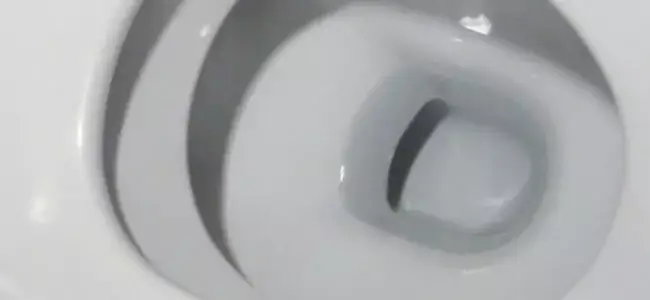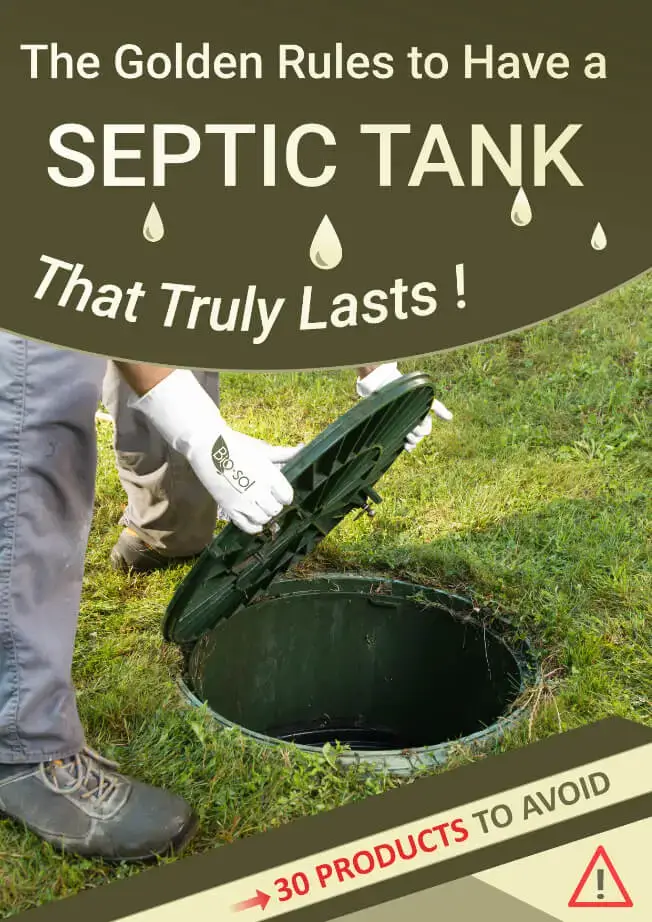Understanding the biomat in septic systems

TABLE OF CONTENTS
Biomat refers to a black jelly-like permeable layer that forms in the soil just below or around the drain field trenches where the septic effluent is discharged. Biomat plays an important role in the processing of pathogens and biological solids. Without biomat, the septic system would be releasing partially treated effluent into the soil thereby resulting in pollution of groundwater and any nearby wells, ponds, and streams.
How is biomat formed?
As the wastewater from the septic tank is fed into the soil absorption system for further treatment, bacteria grow under the distribution lines where they meet the soil or gravel. This layer is what is referred to as biomat, clogging mat, biocrust, or clogging zone. This biological mat is a blackish jelly-like layer that forms on the sides and bottom parts of a leach field trench. The biomat helps to reduce the infiltration rate of water into the soil thereby giving bacteria more time to treat the water before it is released.
Biomat is made up of live and dead anaerobic bacteria and their by-products which attach themselves to the soil particles. These microorganisms usually rely on the organic matter in the effluent for sustenance and this is why biomat is often referred to as the actual site for treatment of effluent. In a new system, biomat will start forming at the trench bottom where the effluent discharges from and then it will slowly grow along the trench walls. Because biomat is not as permeable as soil, effluent will trickle along the trench looking for a place with little or no biomat and this helps to slow down the infiltration of wastewater. Biomat slows down the flow rate of wastewater thereby giving it time to filter out viruses and other pathogens.
How to prolong the biomat lifetime
As biomat continues to grow over time, the hydraulic rate might exceed the infiltration rate due to too much biomat growth and that is when ponding starts. In such a case, wastewater could back up into the house or gush out on the soil surface. Biomat plays a vital role in the purification of wastewater and it should therefore not be prevented from forming. However, there are some steps you can take to ensure it doesn’t overgrow to the point of causing backups. Here are some simple steps that you can take to avoid the overgrowth of biomat.
Proper maintenance
Taking good care of your septic system will help to avoid many issues including ponding in the leach field area due to the overgrowth of biomat. As a rule of thumb, always pump your septic tank as per the recommended schedule depending on your location. In addition, use some biological additives to boost the growth of healthy bacteria in the septic tank which will help to break down organic waste in the septic tank.
Avoid hydraulic overload
Hydraulic overloading is one of the main causes of the overgrowing of biomat. Through the force of gravity, effluent is distributed somewhat evenly across the drain field area from where it slowly sips through the trenches and back into the groundwater. As we have already established, biomat slows down this process which is a good thing. In an ideal scenario, this process continues day in day out. However, when too much water is sent into the leachfield at a go, the leachfield will become waterlogged. When the leachfield gets too wet, the rate of breaking down organic matter reduces greatly and the waste products that are produced by the bacteria get more time to settle and this ultimately leads to unprecedented growth of biomat. In order to avoid this, it is a good idea to avoid sending too much water to the septic tank all at once. If you have lots of people living in a household, try to space out your showers instead of taking all of them in a row. Also, spread out your laundry across the week instead of doing a huge load of laundry in a single day.
Septic tank filter system
Adding septic tanks filters helps to trap suspended solids from going into the drain field. Because the bacteria rely on organic waste for sustenance, giving them too much food around the clock will increase their numbers exponentially. This will, in turn, increase their waste which will increase the rate at which the biomat grows.
Don’t flush harmful products
When you flush harmful products, they will deplete the number of bacteria in the septic tank. This will mean that organic waste will not be properly digested in the septic tank and so lots of it will end up in the drainfield area. When too much of the suspended solids flow into the drainfield, they contribute to the excessive growth of biomat. To avoid this quagmire, do not flush anything in your toilet apart from human waste and tissue paper. Installing washing machine filters can also help to prevent fibers from getting into the septic tank. Additionally, avoid any substance that might harm bacteria like bleach, antibacterial soaps, antifreeze, etc. Check out our free ebook that has a comprehensive list of all the harmful products to avoid as a septic system owner.
Shock treatment
There are lots of toxic household products that end up in the septic tank and these pose a threat to bacteria. As a precaution, avoid flushing or sending debris and chemical products down the drain. If your drainfield gets blocked, you may want to unblock it by removing the organic matter that has accumulated in it. You can do this by doing a shock treatment. Shock treatment entails the introduction of biological additives in the septic system to help to fast track the digestion of organic waste. The products will introduce billions of bacteria and specific enzymes that will clean and restore your drain field.
Conclusion
There is a misconception that biomat is bad for the septic system. But as we have seen, biomat plays a vital role in the treatment of wastewater. Without biomat, conventional septic systems would be sending partially treated water into the environment. So you shouldn’t be thinking of trying to stop the growth of biomat. That said, biomat that grows too fast can cause problems. This phenomenon is usually exacerbated by poor septic tank care and maintenance.
NOTE: A properly functioning and well-maintained septic system shouldn’t give you any biomat problems for at least 25 years. However, this will also depend on the type of soil on the property.
OUR LATEST BLOG POSTS

Strange facts about septic systems
If you are a septic system owner, you might have heard all manner of myths. For instance, there is a common myth that throwing a dead cat in the septic tank can help rejuvenate bacteria and thereby make the septic tank more effective. But is this even true? In this article, we will not only answer that […]

Soils types and their impact on septic systems
SOILS TYPES AND THEIR IMPACT ON SEPTIC SYSTEMS However good your septic system is, it depends on the right soil type to complete the process of purifying the wastewater from your home. The soil type in the drainfield area will determine how well the effluent is filtered and if the water that is sent back to the […]

Avoid flushing these if you have a septic tank
Most homeowners wrongfully assume that their toilet can serve as some sort of garbage disposal. As a result, they end up flushing all manner of things in the toilets. Some of the things that are flushed down the toilet are actually innocent mistakes because homeowners think that is the right way to dispose of the products while in other cases, it is just a don’t care attitude. Whichever the case may be, flushing some of these things can result in septic system failure and it could cost you a fortune. We have rounded up some of the commonly-flushed products that you should never flush if you have a septic system.
PERFECT! I WOULD NEED...
Discover which products are the best for your needs!You can contact us at 1-800-378-6132 (toll free) or click on the following button to access our free online evaluation.
GET A QUOTE ONLINELog in to your account
Whoops! It happens sometimes...
CREATE A NEW ACCOUNT
CONGRATS!
You are now registered and ready to go. You can add and change any of your information on your client profile.
Unfortunately, we do not ship our products to the USA at the moment.
But, if you live in the United States and would like to order them, please fill in the form below. You will then be notified as soon as they are available in your country.
Thank you for your understanding!
Malheureusement, nous n’expédions pas nos produits en France pour le moment.
Mais, si vous êtes résident français et aimeriez les commander, remplissez s’il vous plaît le formulaire ci-dessous. Nous pourrons ainsi vous aviser aussitôt qu’ils seront disponibles dans votre pays.
Merci de votre compréhension!

-
30 products to avoid
-
What to replace them with
-
And everything you should know about your septic system
DOWNLOAD THIS FREE EBOOK!
Which email address should we send it to?


